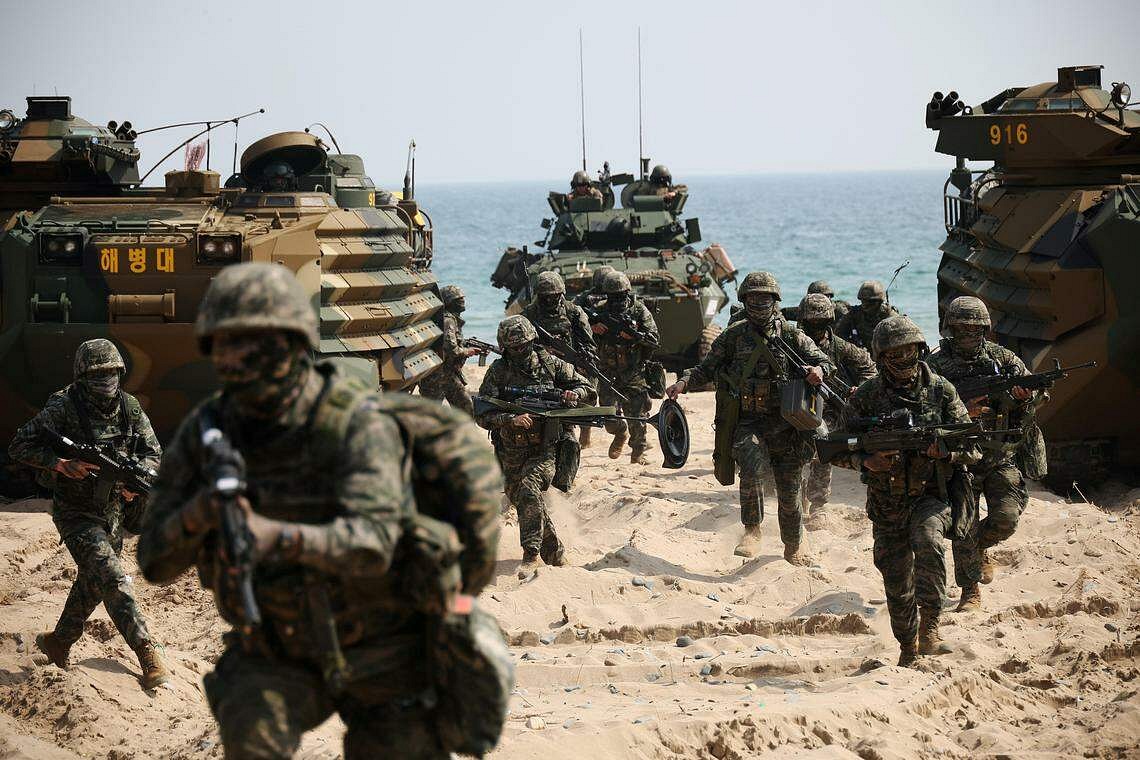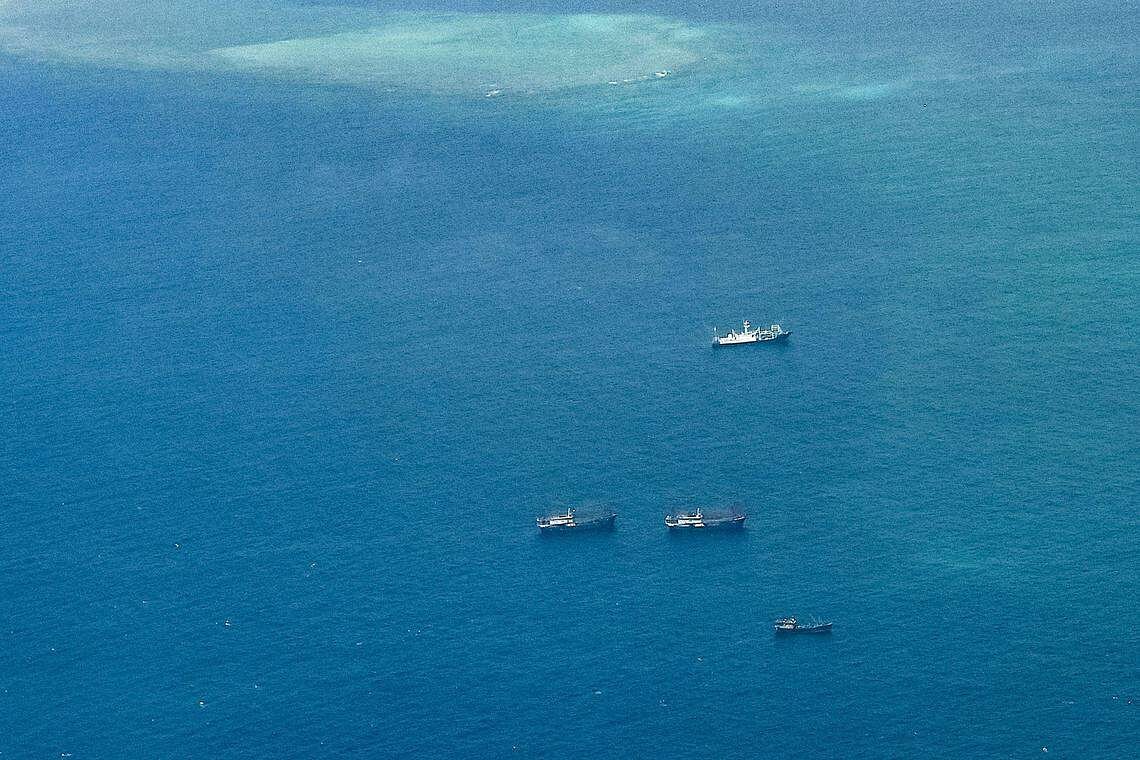Armed to the teeth: Asia-Pacific countries in arms race amid tensions in region
As US-China rivalry and Chinese assertiveness heighten tensions in the Asia-Pacific, countries are engaging in an arms race to secure their borders. But ramping up defence spending can increase the risk of conflicts.
As China flexes its muscles, East Asian neighbours ramp up defences

In March, Japan opened a new army camp on the tropical resort island of Ishigaki – about 330km east of Taiwan – staffed with 570 soldiers and stocked with an arsenal of anti-ship and surface-to-air missiles.
The new garrison, which defence officials describe as the “crucial final component of Japan’s front-line security”, follows other Ground Self-Defence Force camps that have opened since 2016 on the south-western Japan islands of Yonaguni, Miyako and Amami Oshima.
This is on top of the longstanding – and outsized – military presence of security ally United States on Okinawa, which hosts 70 per cent of all US bases in Japan and nearly 30,000 active-duty military personnel.
South-east Asia plays catch-up with China’s military might

Rising risk of arms races in Asia spiralling into major conflict

Arms races can sometimes be stabilising. The United States and the Soviet Union built massive nuclear arsenals during the Cold War. Yet, the risk of mutual annihilation these created ultimately stopped Moscow and Washington from crossing the Rubicon – notwithstanding some very close calls along the way, such as the Cuban missile crisis of 1962.
But arms races more often precede major conflict. The classic example here is the Anglo-German contest for naval supremacy at the start of the 20th century, which helped spark World War I.
Arms racing, by definition, involves intense bilateral military build-ups that are both rapid and reciprocal. The numerous such contests currently unfolding across Asia appear to be of the historically more combustible kind.
This article was originally published on Straits Times News.

No comments
Share your thoughts! Tell us your name and class for a gift (: